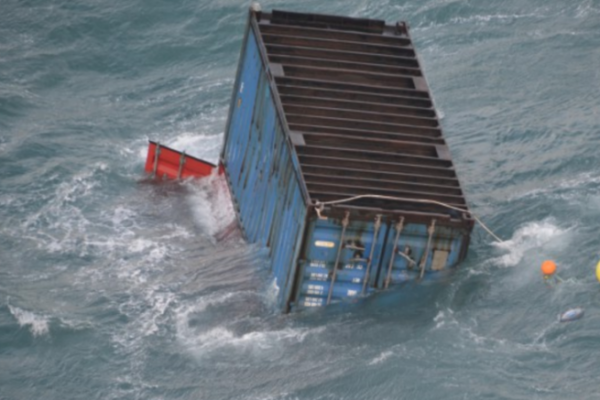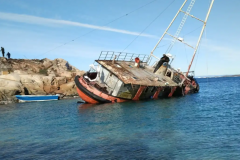Cape Town road under pressure
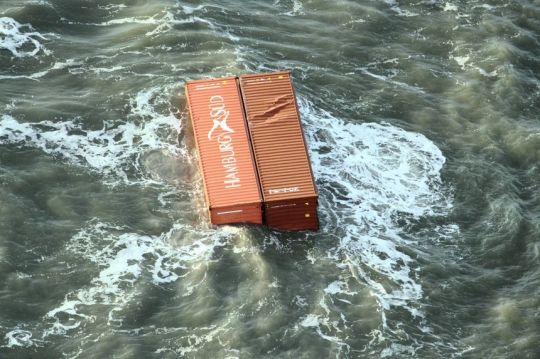
The increase in losses in 2024 is directly linked to the security crisis in the Red Sea region. To avoid threats in this area, maritime traffic has shifted massively to southern Africa. The result: a 191% jump in the number of transits via the Cape of Good Hope, an area well known for its unstable weather conditions and short seas, contributing to the loss of around 200 containers in this region alone, according to the South African Maritime Safety Authority.
A statistically small but real risk
Considering the 250 million containers transported worldwide in 2024, the proportion of losses remains low: 0.0002%. This figure should be put into perspective, as not all losses are reported.
Nevertheless, the WSC points out that these figures reflect significant efforts in terms of safety, loading and bunker procedures. Yet every loss remains a failure, with environmental consequences (pollution, danger to shipping) and economic consequences (loss of goods, litigation).
New initiatives to enhance safety
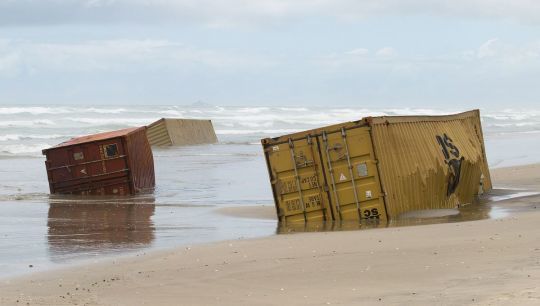
The industry is preparing for an obligation to declare lost containers, which will become effective in 2026 as part of an amendment to the SOLAS Convention. The report also highlights the work of the Top Tier project, led by MARIN and supported by the WSC, which will submit its final report to the IMO in September 2025. This project has identified the main causes of losses, developed predictive tools, and formulated technical and regulatory recommendations.
What impact will this have on pleasure boats?
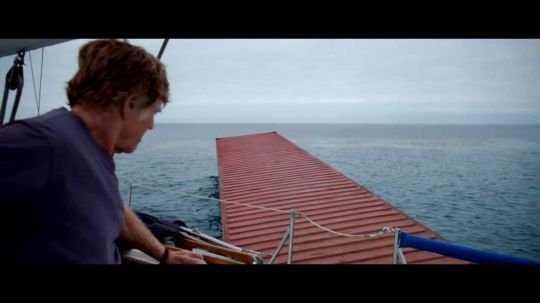
As for the danger these UFOs represent for yachting, there are around a hundred collisions every year worldwide. But in the event of a collision at night or in heavy weather, it is often impossible for the crew to determine what has caused the water ingress: a container, a log, a trunk or a marine mammal...

